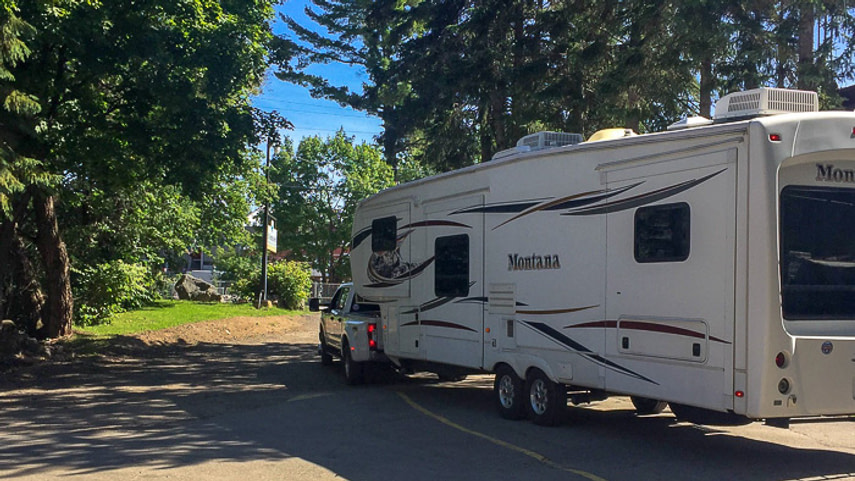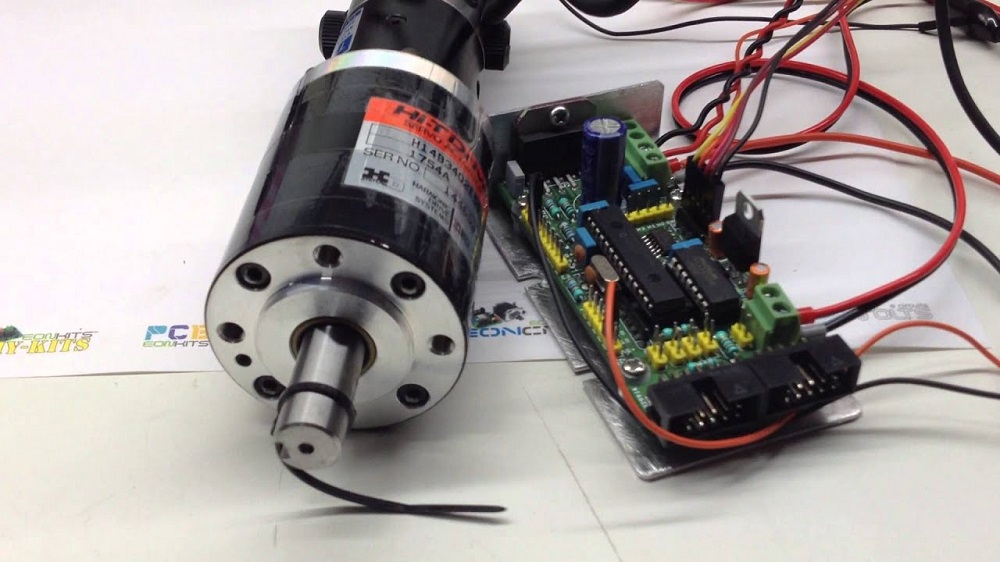For people and communities who possess an RV, it is never just a car or a vehicle- it is a walk of life! People live, eat, travel, and even party in an RV. It is one of those vehicles that has earned the epithet of traveling home. If you are someone who is not fond of a base or a fixed location, then you can hitchhike around in your RV.
Maintaining your RV is an essential key if you want to enjoy the RV investment in the future. Initially, external RV maintenance is a suitable place to start with. Before proceeding with the maintenance procedure, it is necessary to follow the manufacturer’s guide to understand steps to keep your RV in excellent condition. Moreover, consulting an RV technician can prove to be beneficial when thinking of sustaining the RV for upcoming years. Appropriate RV diagnostic services will enable you to identify any glitch or concern regarding the RV and then take a specific action.
- Oil and filter change
Like other automobiles such as cars and bikes, RVs also need oil and oil filters changed regularly. Lubricant maintains the function of RV and allows it to work appropriately; else, insufficient oil quantity or no oil change for a long time can seize the engine down. Most automobile manufacturers suggest the RV owners change the oil every 3000-4500 miles.
- Fuel, Air and lubricant replacement
If you want to avoid a $3000 overheating and damaged cooling system, you need to replace the RV fuel, filters, and oil regularly. Changing hydraulic filters, fuel and coolants will keep your RV in good condition for a more extended period.
- Cleaning the RV exterior after every tour
Through exterior cleaning with the help of mild shampoo and water after each trip is an essential step in maintaining the vehicle. Make sure the water is directly not sprayed into the appliance’s vent. Else, it may result in condensation.
- Wax coating to your RV
Applying a delicate quality wax can provide a protective shield to your vehicle. Although the wax application is a time-consuming task, it will increase the protection and shine on the car. The exterior needs to be dry and smooth before the widespread wax application. To avoid any wrong application, a spot test on a small RV area is recommended by automobile dealers.
- Indoor Parking
Storing your RV indoors will provide more protection and safety from various elements. During the winter season, if you park your RV outdoors by chance, you need to constantly check for snow accumulation on the exterior of your RV. Further, your RV needs to be parked on a dry solid area with a tarp on it. Leaving an air gap between the top and tarp will ease the air circulation. No gap between the top and tarp can cause condensation and damage to the RV.
- Watch for sealed areas to avoid water damage.
Checking the RV exterior, including windows, doors, edges, end caps, moldings, and compartments, is necessary to ensure they are packed and functioning correctly. Unsealed exterior parts may cause potential damage to water mice and other rodents. Seal off if you notice any gaps in between, which can allow rodents and insects to enter your RV.
Conclusion:
By following the RV maintenance checklist, you certainly can uphold your vehicle for a more extended period. But when you are unsure about the malfunctioning parts and other problems that have sprung up, going for acclaimed RV diagnostic services can be very vital. RV’s exterior and interior areas need to be monitored to ensure your RV is in tip-top shape.




